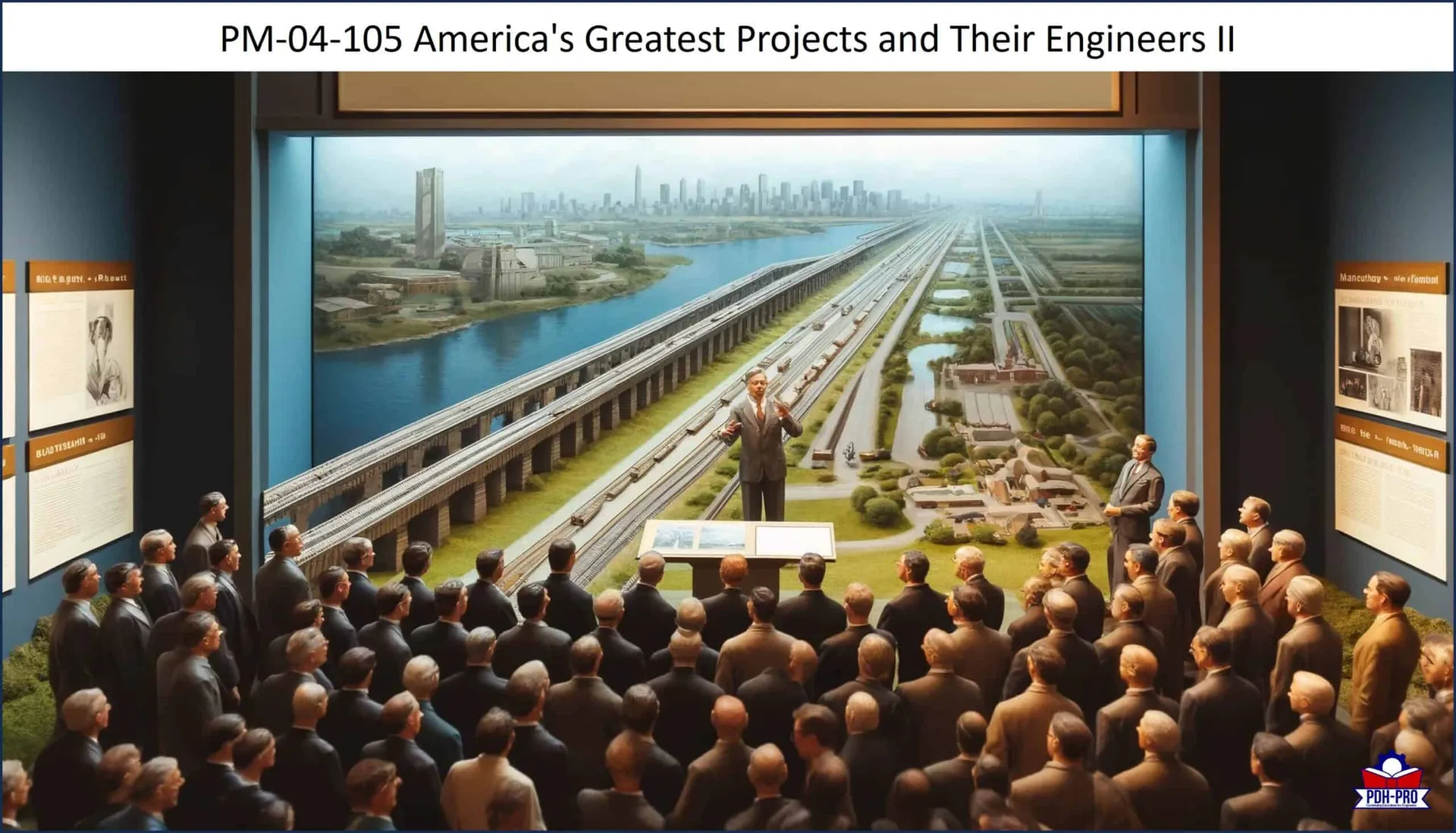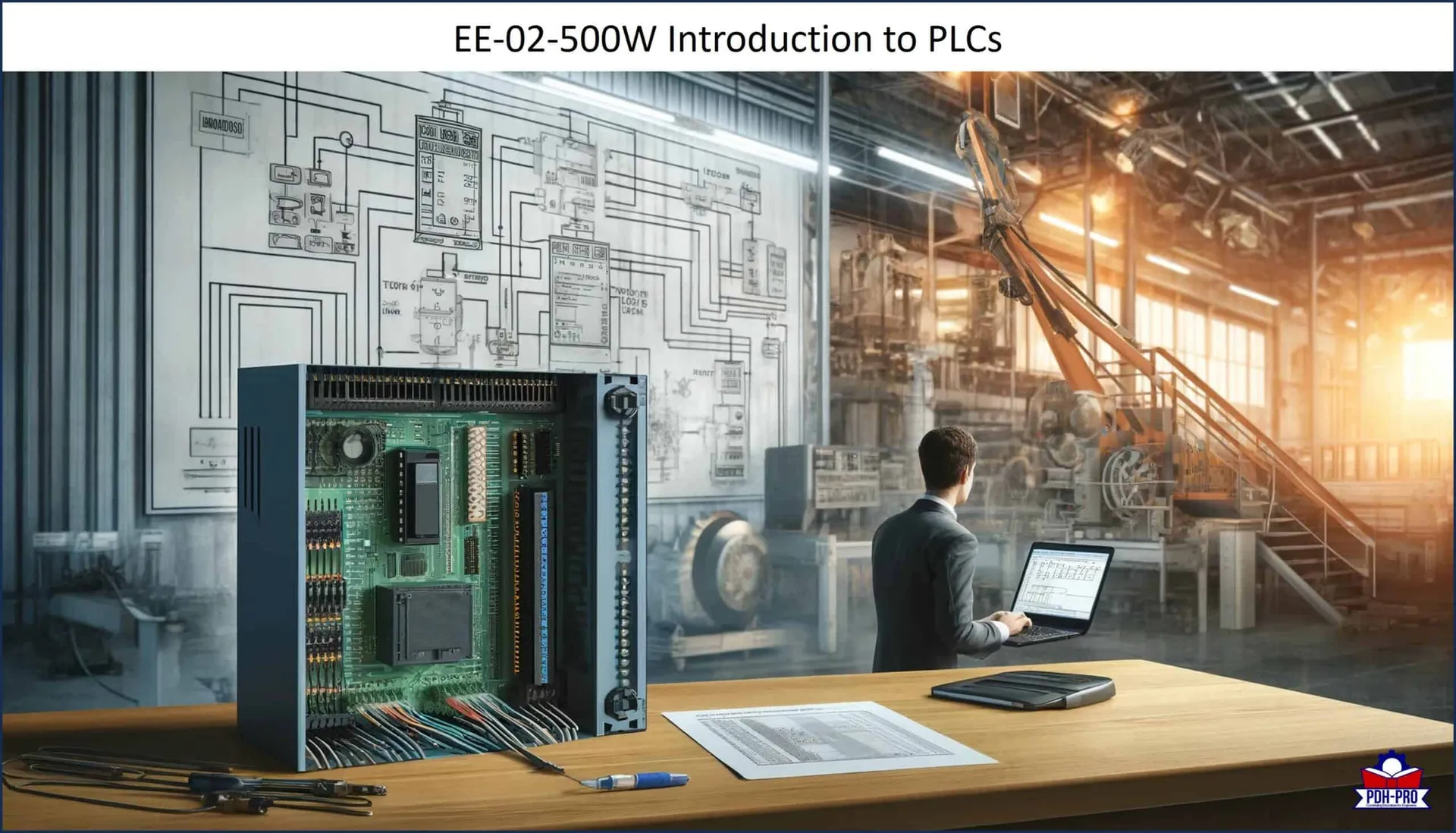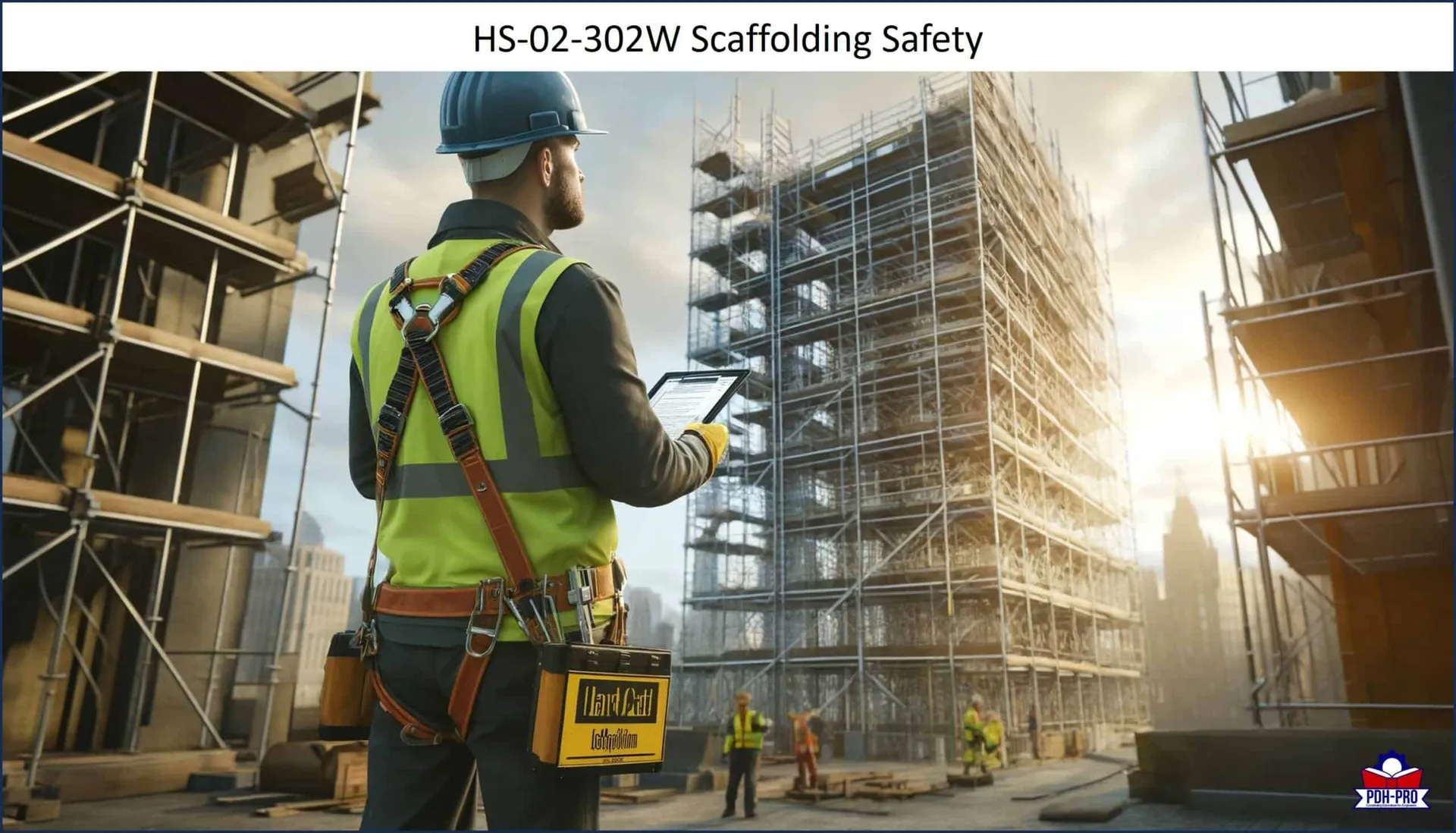
- Home
- Contact Us
- Corporate Solutions
- Webinars
- Packages
- Courses
- Categories
- Live Webinars
- Packages
- Chemical Engineering
- Civil Engineering
- Electrical Engineering
- Petroleum Engineering
- Environmental Engineering
- Geotechnical Engineering
- Mechanical Engineering
- Structural Engineering
- Sustainability
- State Rules and Regulations
- Ethics and Law
- Project Management
- HSSE
- Petroleum Engineering
- Timed & Monitored – Ohio
- On Demand Webinars
- More
Course Full With Both Sidebar
Condimentum Cursus Lorem ParturientInstructorPDH Pro Staff
TypeOnline Course
Price$360
Please sign in first
Not a member?
Please simply create an account before buying/booking any courses.
Create an account for free!
Texas 24-Hour Multi-State Package
Texas 24-Hour Multi-State Package All Required 24 PDH for only $360 Includes Up to 4 State Renewals Complete continuing education packages built specifically for engineers registered in the State of Texas who are also licensed in other states. Appropriate if the maximum number of PDH credits required is 24. This package was designed specifically for... Learn More
InstructorPDH Pro Staff
TypeOnline Course
Price$225
Please sign in first
Not a member?
Please simply create an account before buying/booking any courses.
Create an account for free!
Texas 15-Hour Multi-State Package
Texas 15-Hour Multi-State Package All Required 15 PDH for only $225 Includes Up to 4 State Renewals Complete continuing education packages built specifically for engineers registered in the State of Texas who are also licensed in other states. Appropriate if the maximum number of PDH credits required is 15. This package was designed specifically for... Learn More
InstructorDominic Perrotta
TypeOnline Course
Price$104
Please sign in first
Not a member?
Please simply create an account before buying/booking any courses.
Create an account for free!
America’s Greatest Projects and Their Engineers II
America’s Greatest Projects and Their Engineers II Author: Dominic Perrotta Following the end of the first World War (“The War to End All Wars”), America began to experience a measure of great prosperity that was suddenly interrupted by a lengthy period known as The Great Depression. During that period Adolph Hitler initiated World War II,... Learn More
InstructorPDH Pro Staff
TypeOnline Course
Price$156
Please sign in first
Not a member?
Please simply create an account before buying/booking any courses.
Create an account for free!
Live Webinar – Introduction to PLCs
Live Webinar: Introduction to PLCs Programmable Logic Controllers (PLCs) are the backbone of today’s Industrial Automation systems. PLCs control a wide array of applications from simple lighting functions to environmental systems to chemical processing plants. These systems perform many functions, providing a variety of analog and digital input and output interfaces; signal processing; data conversion;... Learn More
InstructorPDH Pro Staff
TypeOnline Course
Price$156
Please sign in first
Not a member?
Please simply create an account before buying/booking any courses.
Create an account for free!
Live Webinar – Scaffolding Safety
Live Webinar: Scaffolding Safety Scheduled: TBD – This webinar will be scheduled again soon. This course provides information about OSHA Standard for Scaffold users, 29 CFR 1926.454(a). The roles and responsibilities of the engineer, the competent person, and the qualified person are described. It describes the general features of scaffolding and presents details about the 25... Learn More
Course Categories
- Chemical Engineering
- Civil Engineering
- Electrical Engineering
- Environmental Engineering
- Ethics and Law
- Geotechnical Engineering
- HSSE
- Live Webinars
- Mechanical Engineering
- On Demand Webinars
- Packages
- Petroleum Engineering
- Project Management
- State Rules and Regulations
- Structural Engineering
- Sustainability
- Timed & Monitored – Ohio







